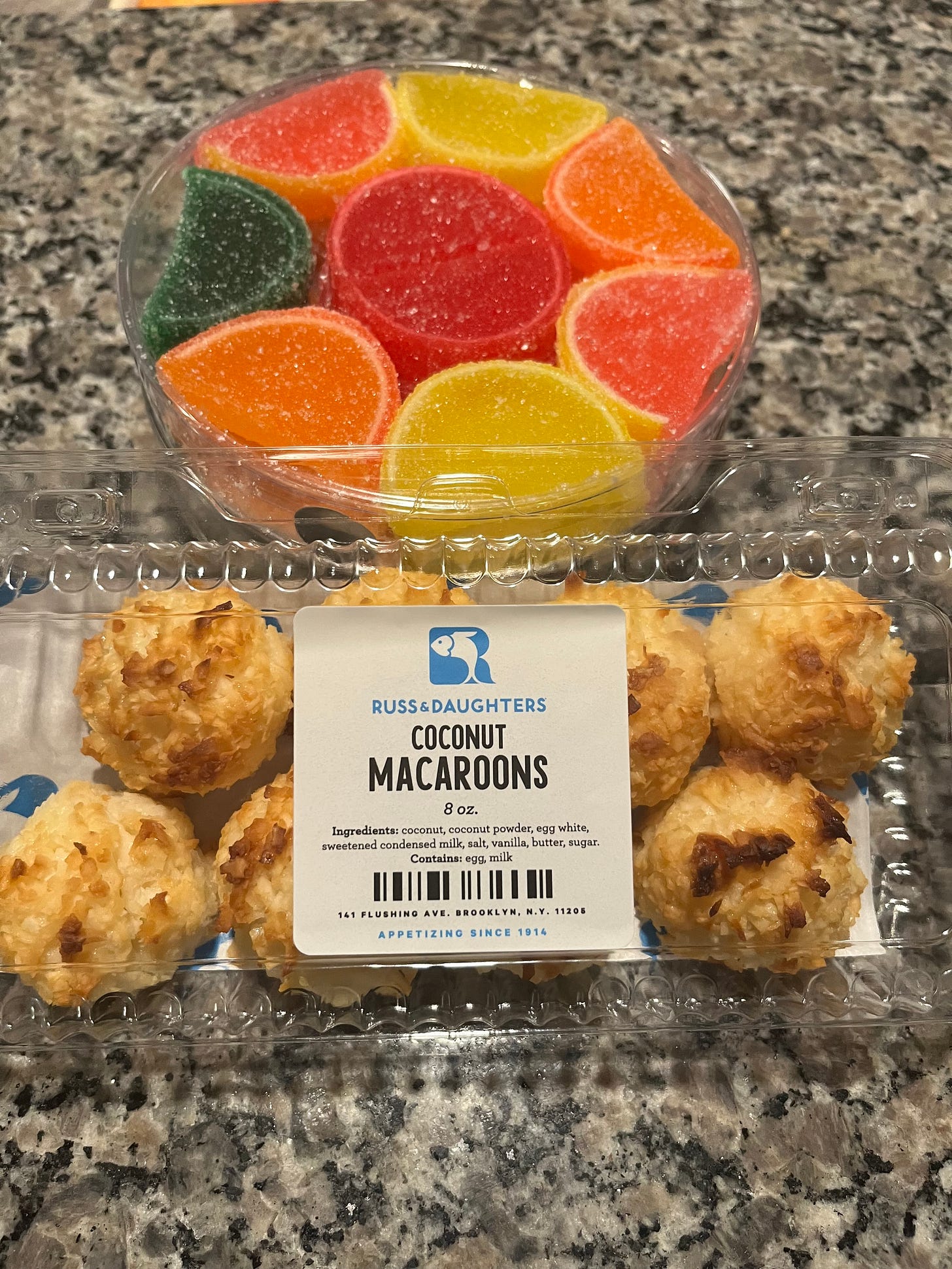I’ve just returned from my first trip to the new home office in Charleston, which is, as should have been expected, yet still surprising, lush. It was verdant even in the hotel parking lot, complete with a turtle-filled swampy spot in the back. My new colleagues are lovely, and—a bit of business— if you are the sort who orders books wholesale, the official distribution transition date is May 1, so maybe set up a new account now, so you can find our books then (our online store should reopen by May 1 too).
I realize I haven’t written much about Belt’s major transition to becoming an imprint of a larger press, and that’s because the transition itself has been pretty all-consuming, and also because it will probably take me a bit to adjust my newsletter-ing to that of a publisher, as opposed to a publisher-owner. I’ll get there, if you stick around. But, as for our biggest stories of the month, I remain gratified by the reception of Minotaur at Calle Lanza (newest review here), and am excited to introduce the Belt frontlist not only to readers but to new vendors.
While in Charleston we talked a lot about the brilliant designs by David Wilson, whose work defines Belt as much if not more than any of our many words. And when I got back home, I had a package waiting for me that also brought home the importance of good design and branding.
I had still other delicious packages coming, and a large catering order yet to pick up . There’s another event coming up soon, that will become—like Belt works-in-progress but also utterly unlike them (hmmm, this may be a forced transition!)—text.
It involves a cool story I’ve heard all my life. It was a cool story when I was a kid, telling it in my grandparents’ apartment. It was cool story when I was in my twenties, living in Philly, hosting annual Passovers with groups of people who had never been to a seder before. It was a cool story during my time living in Shaker Heights, when my friend Ellen brought together a group of people who only saw each other once per year, so we got to assess the growing heights of all our children, and even integrated the Sephardic tradition of hitting each other with green onions. It was a cool story sadly left untold during the pandemic. It would have been a cool story last year—I was so excited, my first in Pittsburgh, post-pandemic—to host again—but the long tail of COVID got me, and another year went dark.
So I am very very ready to tell this story again in a few days. It’s always been my #1 all-time favorite holiday! My son is flying in from Chicago, and a large crop of friends are coming. I bought Maxwell House haggadahs from eBay, and the kugel, chopped liver, and fruit slices (my childhood favorite, often wrongly frowned upon) have been delivered (how will I not eat it all first?).
I am committed to this seder being fun and delicious, but it will be—or at least has been, in the run-up, difficult and emotional.
For awhile I thought about restricting the invite list to those long familiar to the story’s telling, and thus perhaps least likely to comment upon its startling contemporary resonances. But, well, that left, for me, a pretty small table. So I opened it up to all but requested, only half-jokingly, people might think to themselves, but not say aloud, how this story sheds new light on recent events. Because of course it is a story about the horrors of being subjugated, and the travails and thrills of struggling to find a place to call your own. It also remains, as always, a cool story. I look forward to telling it again. And for anyone who is struggling with how to tell this story this year, I’m thinking of you, as are many others who understand. I recommend candied fruit slices.
Next year in Peace.



